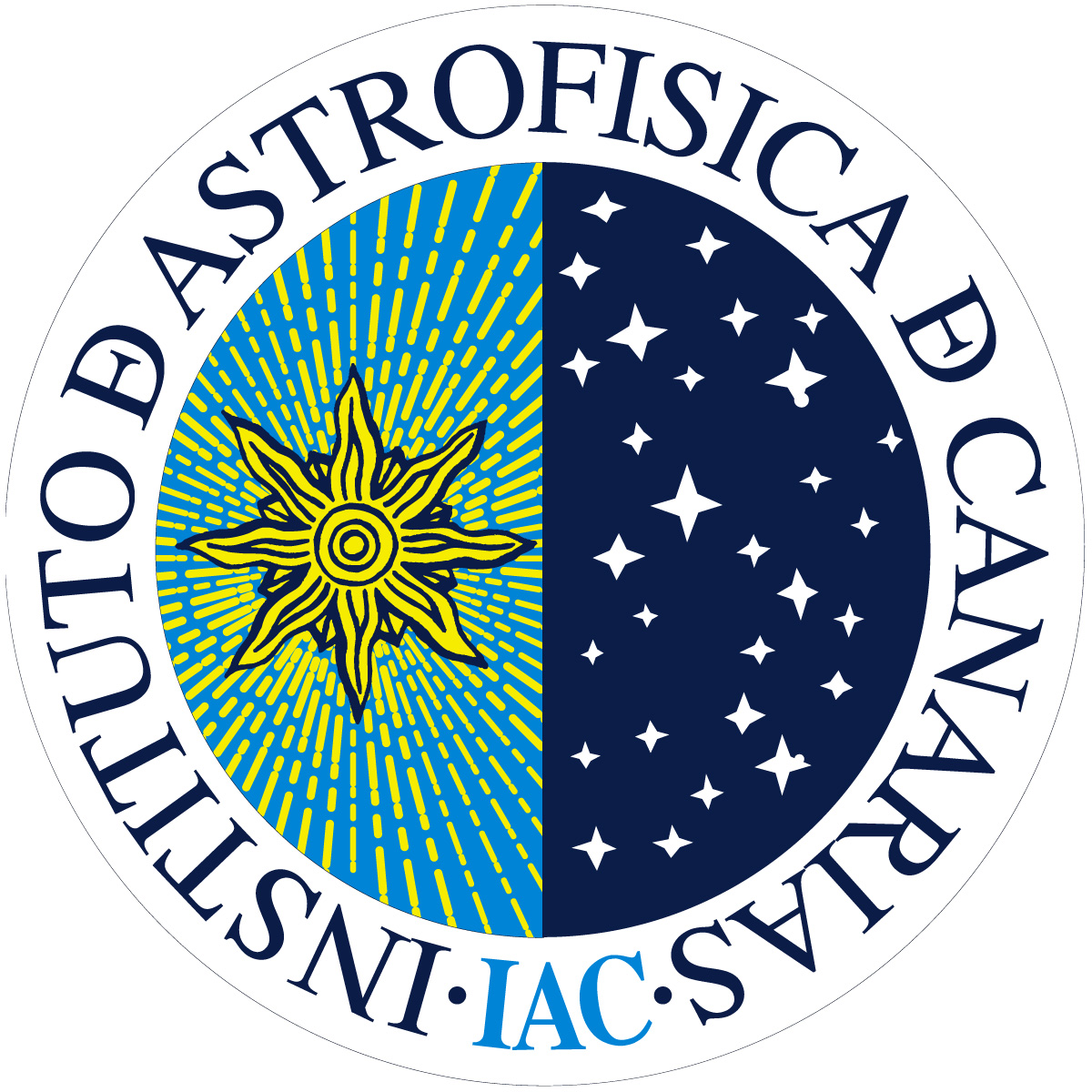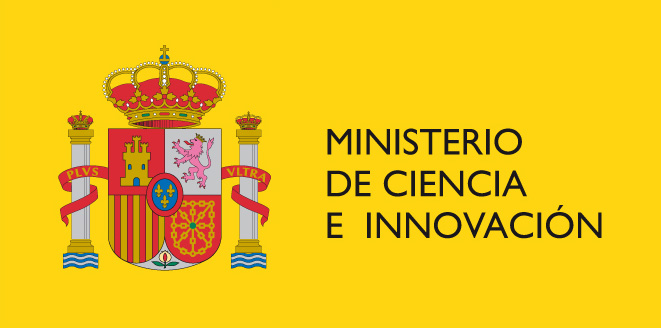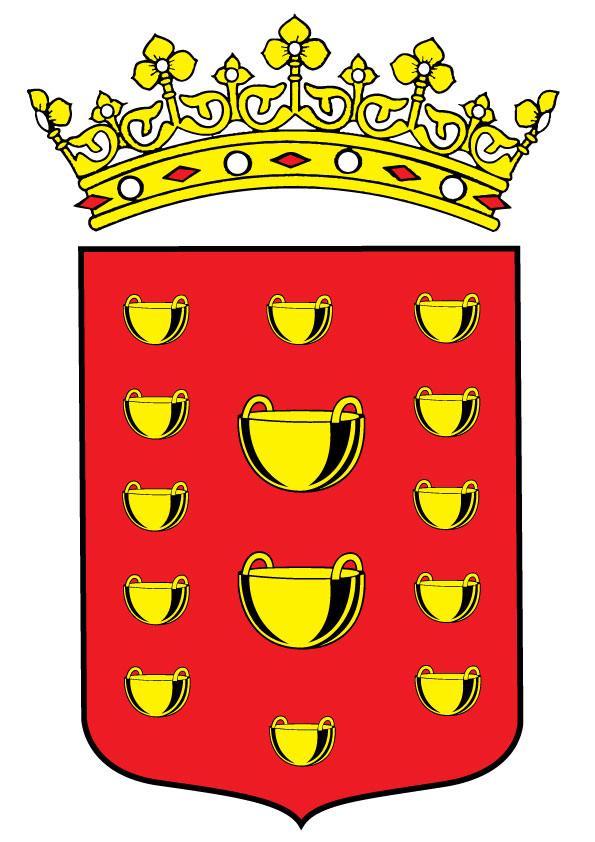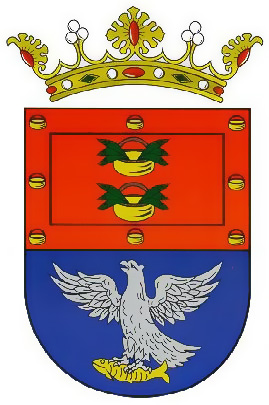4th HELAS International Conference
The Fourth HELAS International Conference is organized by the Instituto de Astrofísica de Canarias (IAC) and will be held from 1-5 February, 2010 in Lanzarote (Canary Islands, Spain). The conference will mainly cover topics in helio- and asteroseismology, with a special focus on the latest observational projects. See a static map of Arrecife (Lanzarote) in Google Maps.
HELAS, "the European Helio- and Asteroseismology Network", is an initiative funded by the European Commission since April 2006, as a Coordination Action under its Sixth Framework Programme (FP6).
Scientific Rationale
Asteroseismology is beginning to reveal the internal structure
properties of stars thanks to stellar oscillation data of unprecedented
precision. Space missions such as WIRE, MOST, COROT and Kepler are providing
lots of real data with increasing photometric precision up to the order of
micro-magnitudes. Similarly, from the ground this effort is being matched
with complementary radial velocity measurements now reaching precisions of
less than 1 m/s.
These data have however posed many challenges which have surprised us and opened new ways to tackle questions
such as the identification of frequency peaks as actual modes, the measurement of lifetimes and rotational
splitting, and the knowledge of the background acoustic spectrum, among others. Next, when constraining
stellar parameters and physical processes in the interior of stars, new problems are arising which provide
us with the opportunity to progress in our understanding of the structure and evolution of stars all over
the HR diagram. Additionally, the large number of target stars requires the use of robust automatization
methods of analysis, identification and interpretation, a previously unexplored area in stellar seismology.
Helioseismology has already provided a deep insight into the Sun, has helped to solve long-standing problems in solar
physics and has lit a path from solar to stellar oscillations in the analysis and interpretation of data. However,
there are still important questions to be solved in which local and global helioseismic techniques play a key
role such as the prediction of the appearance of active regions on the front surface of the Sun, the
explanation of the details of the 11-year solar cycle and the processes responsible for the solar dynamo,
the physics of the surface layers and conditions in the solar core, among others. Ground-based networks
and SOHO have already provided extremely good data, and new projects such as SDO and Picard will soon
deliver new key data to progress on the above.
Advances in new projects for better observing stellar oscillations, from ground and from space, such as SONG and Plato, are anticipated. Data provided by techniques such as interferometry and astrometry could also be very important to understand present and new problems in our fields. Complementary precision photometry and spectrometry plus long and stable environments for continuous long-standing observations are needed. Such needs are shared by projects in adjacent fields which whom synergies should also be looked for.
All of these topics clearly call for discussion among active researchers in asteroseismology, helioseismology and related fields. We cordially invite you to join us on the enchanting island of Lanzarote (Canary Islands) between 1-5 February 2010 to meet and discuss all the issues above.
Sponsors
The conference is organized by the Instituto de Astrofísica de Canarias (IAC) with the support of the HELAS Network, Ministerio de de Ciencia e Innovación, the Cabildo de Lanzarote and the Ayuntamiento de Arrecife.
 |
 |
 |
 |
 |
 |